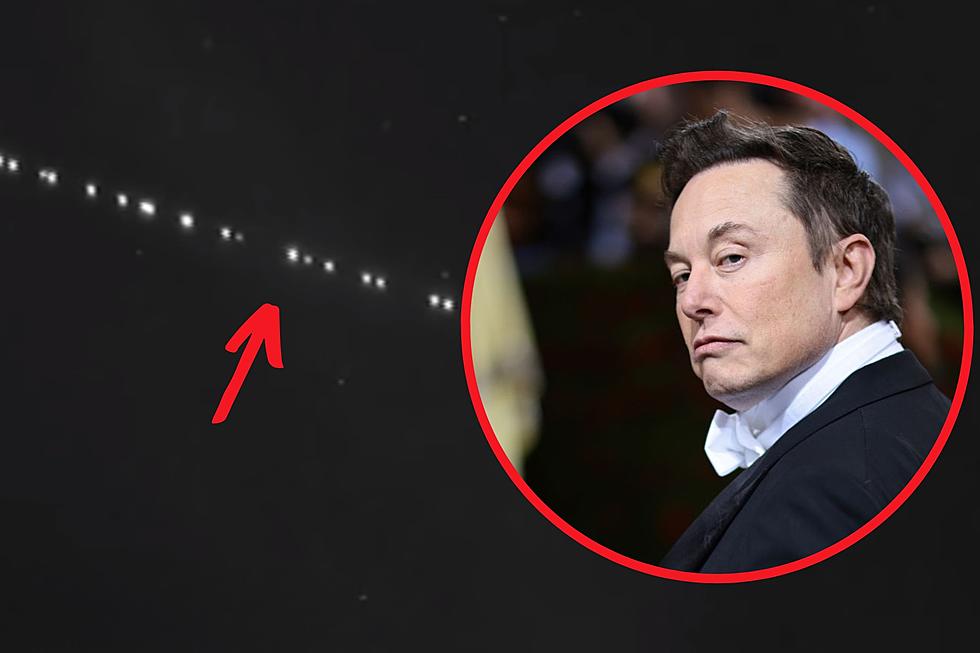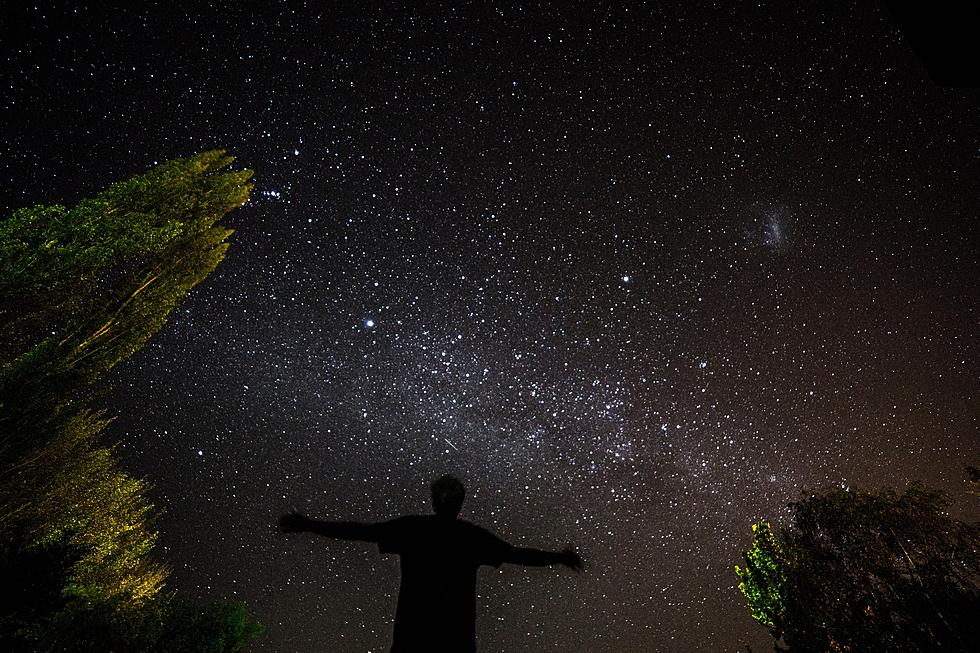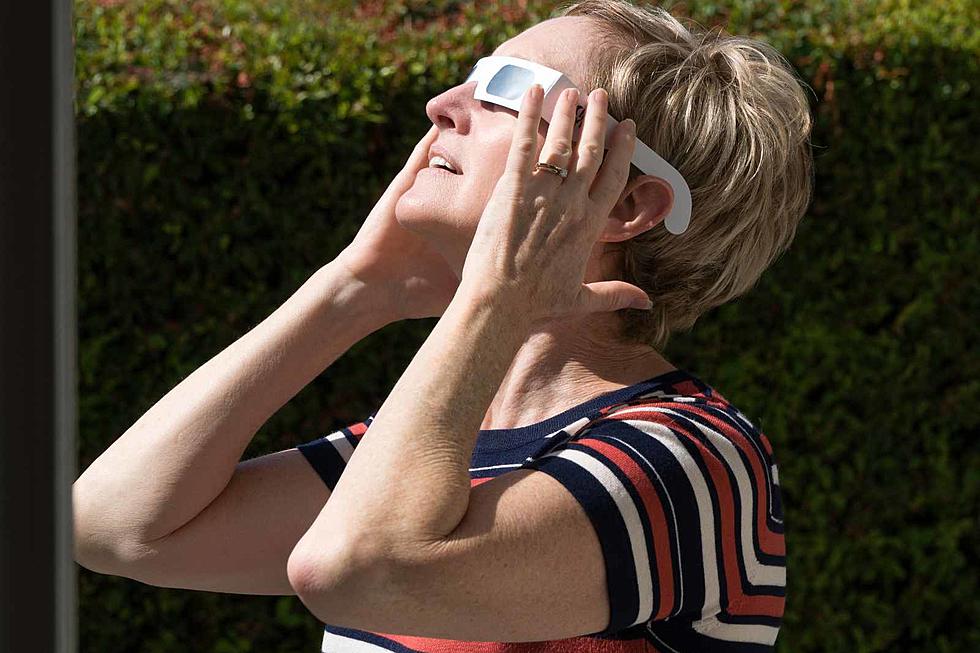
Seeing Bizarre Lights in the Sky in Colorado? Elon Musk May be to Blame
If you’ve been stargazing in Colorado over the past few years, you may have noticed at one point or another a string of strange lights that occasionally light up the sky.
Another instance of these lights was recorded on Thursday. Pilots flying through Eastern Colorado noted lights soaring past the big dipper from left to right, only to disappear into the night sky.

What could these lights have been? Decommissioned space junk? Meteor showers? UFOs?
According to Colorado Public Radio, one pilot who witnessed the event noted a different possibility, one that many around the world are beginning to take note of for the first time: Elon Musk’s Starlink satellites. While not definitive, it is worth going over what Starlink is, why it is a possible explanation for the strange Colorado lights, and how it has been the bane of astronomers' existence.
What is Starlink and How Does it Work?
In 2019, Musk and SpaceX announced the Starlink program. These are a series of satellites they have launched into space with the goal of providing high-speed internet to parts of the world that lack powerful connections.
The satellites primarily function in the same way others do; by sending data through radio signals into space, satellites picking up said data, and then relaying it back to Earth for people to consume. However, Starlink’s strategy differs by having its satellites orbit 63 times lower than standard models.
Why Can I See Starlink Satellites in Colorado?
First and foremost, these satellites have been visible not only across Colorado but the entire world ever since Starlink’s launch in 2019. Despite their reported luminosity, these satellites come with no onboard lights. The problem comes from their intense reflectivity. It turns out that when sunlight hits these satellites, they become plainly visible for the world to see. In doing so, it creates an ominous “train” of lights that many people confuse for UFOs.
Are There Any Concerns for Astronomy?
Once learning about these lights, one might think they are a small price to pay for the advancement of internet accessibility. To astronomers, that is far from the case.
Multiple concerns over the satellites’ intense light have been levied. The most common has to do with space telescopes. At first, astronomers were concerned these “mega constellations” would make it difficult for ground-based observations to be made. However, in March 2023, the Hubble Space Telescope picked up streaks from Starlink’s satellites in its own imaging.
More concerns about the craft’s build are also alarming to astronomers. Most satellites are built out of aluminum. When aluminum burns as it would when a satellite becomes decommissioned, it produces aluminum oxide, a chemical that can cause damage to the Ozone. Although a total of 14,450 satellites have already been launched in total with about 4,000 currently in operation, Musk has a goal of having over 42,000 operational at once.
Despite the clear benefits such a wide-ranging internet service could provide, the situation provides a uniquely modern issue in terms of light pollution and environmental impacts.
Coloradans may not have seen UFOs on Thursday night, but possibly a new problem that could only grow in the near future.
Look: 10 Best Places to go Stargazing in Colorado and Maybe See Starlink (If You're Into That)
2023 UFO Sightings in Colorado
More From 103.7 The River






